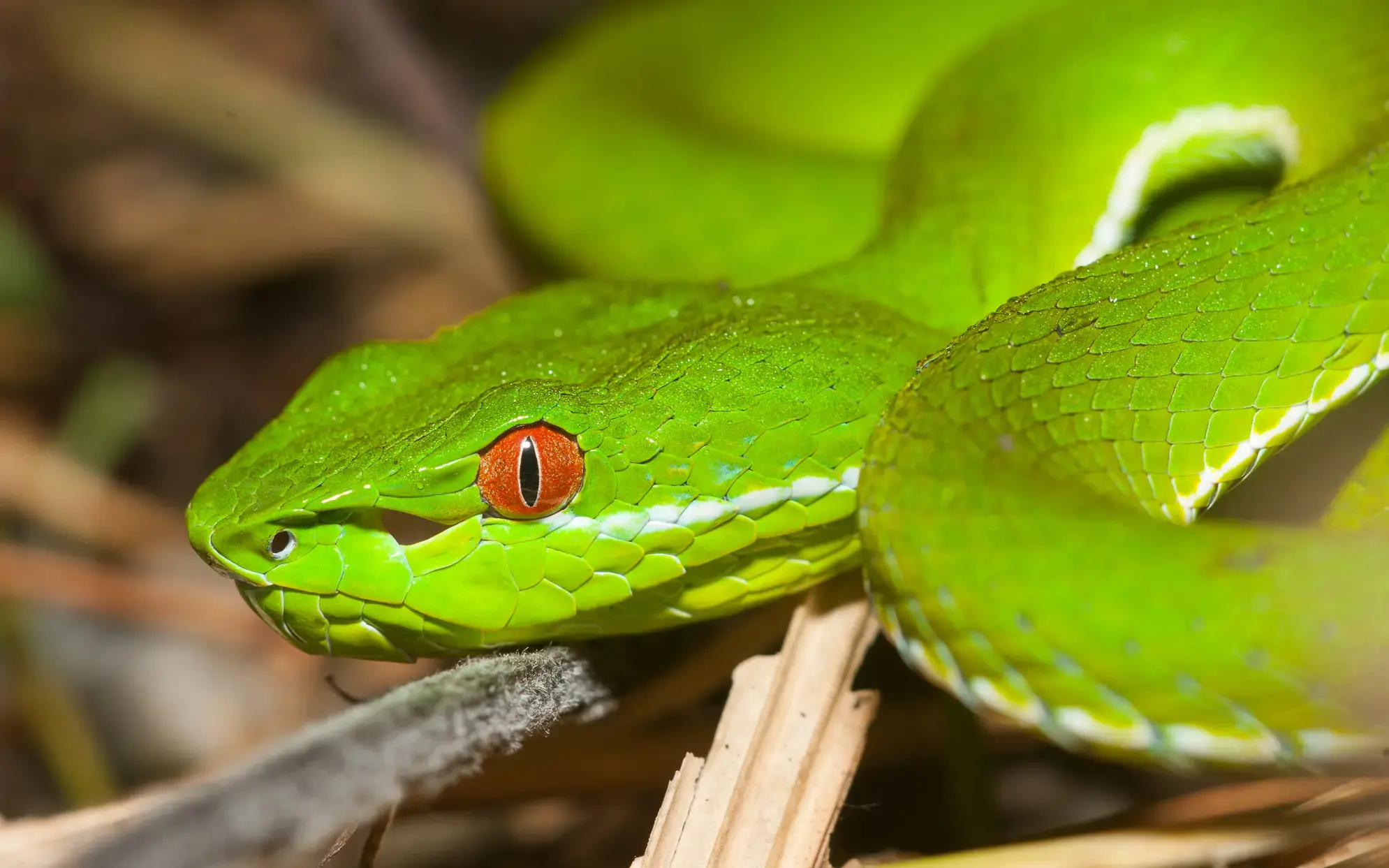Tree vipers are among the most fascinating and deadly creatures in the reptile world. Known for their striking appearance and lethal venom, these snakes have captivated scientists and wildlife enthusiasts alike. Below are 25 intriguing facts about tree vipers that shed light on their unique traits and behaviors.
1. Tree vipers belong to the Viperidae family, which includes some of the most venomous snakes on Earth.
2. These snakes are commonly found in tropical regions, particularly in Africa, Asia, and South America.
3. Their prehensile tails allow them to maneuver through dense vegetation, making them excellent climbers.
4. Tree vipers are ambush predators, often waiting motionless for hours before striking their prey.
5. The size of a tree viper can vary, but they generally range from 2 to 4 feet in length.
6. Their vibrant colors, such as green, yellow, and even bright blue, provide excellent camouflage in the trees.
7. Tree vipers have heat-sensing pits located near their nostrils, allowing them to detect warm-blooded prey.
8. Their venom is a potent cocktail of hemotoxins that can cause severe damage to tissues and blood cells.
9. Despite their lethal venom, tree vipers play a crucial role in controlling rodent populations in their ecosystems.
10.Females are typically larger than males, a phenomenon known as sexual dimorphism.
11. The gestation period for tree vipers is around 6 to 7 months, after which they give live birth to fully developed young.
12. On average, a tree viper produces 10 to 20 offspring per breeding cycle.
13. Juvenile tree vipers often have brighter colors than adults, helping them blend into their environment.
14. Tree vipers are primarily nocturnal, hunting during the night to avoid predators and competition.
15. These snakes rely heavily on their sense of smell and heat detection rather than sight for hunting.
16. Some tree viper species, like the Eyelash Viper, have unique appendages above their eyes, resembling lashes.
17. The lifespan of a tree viper in the wild is typically 10 to 12 years, though they can live longer in captivity.
18. Tree vipers are solitary creatures, coming together only for mating purposes.
19. Despite their fearsome reputation, tree vipers will often retreat rather than confront a potential threat.
20. These snakes are ovoviviparous, meaning they develop eggs internally but give birth to live young.
21. The venom of tree vipers is being studied for potential medical applications, including treatments for blood disorders.
22. Certain species of tree vipers, such as the Bush Viper, can tolerate extreme humidity, making them well-suited for rainforests.
23. Tree vipers’ fangs are hinged, allowing them to fold their fangs when not in use and extend them during a strike.
24. The scales of tree vipers often have a rough, keeled texture, enhancing their ability to grip surfaces.
25. Although highly venomous, tree vipers are rarely aggressive towards humans unless provoked or threatened.
Tree vipers are undoubtedly remarkable creatures that balance beauty with danger. By understanding these snakes and their role in ecosystems, we can better appreciate their importance and work towards conserving their habitats.
